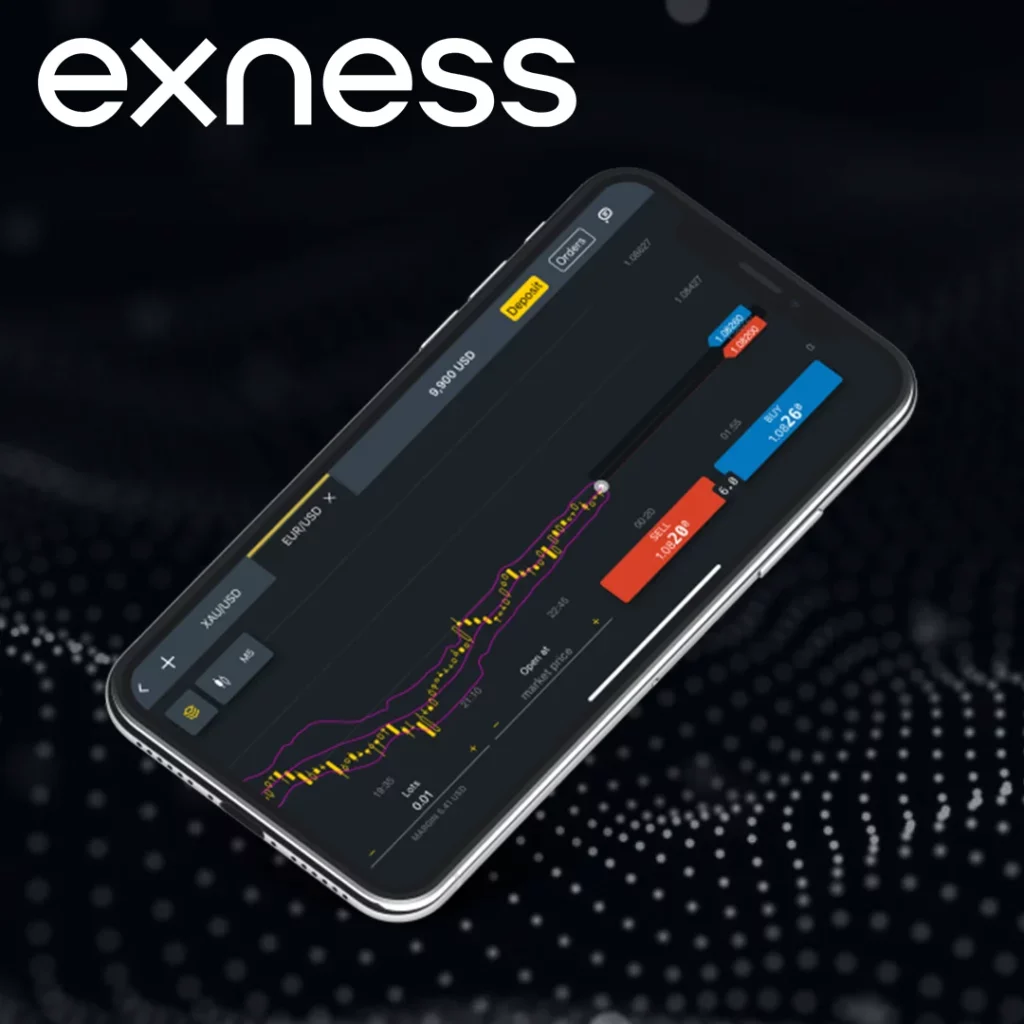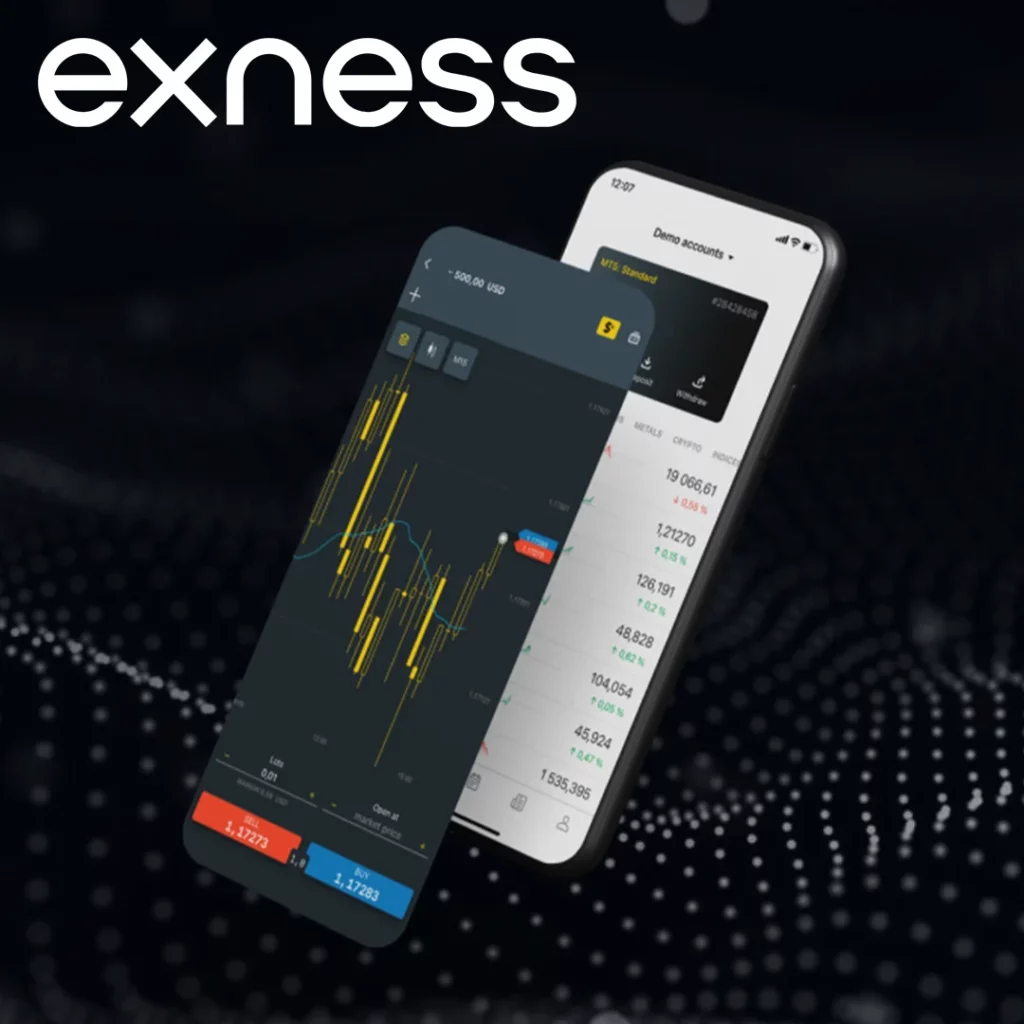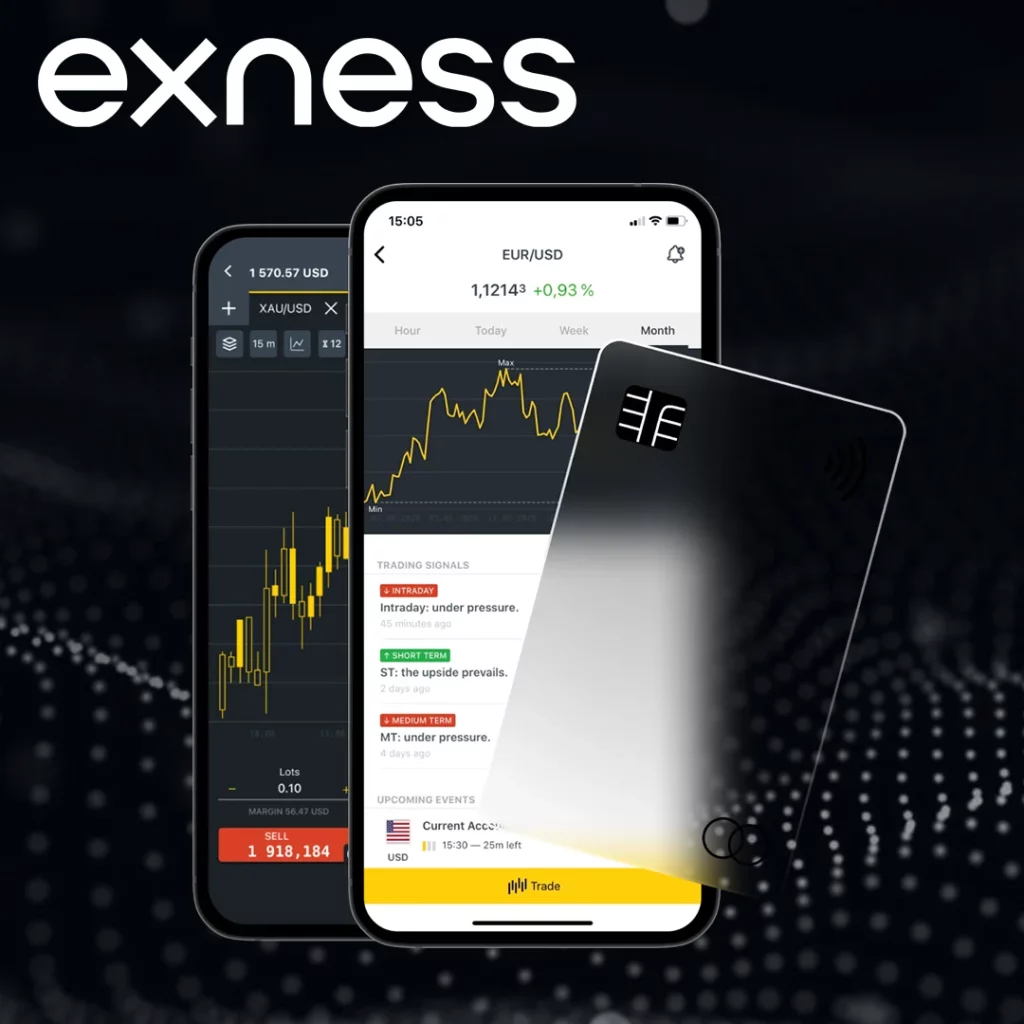In the dynamic world of trading, managing risk effectively is one of the most critical skills any trader can develop. Among various strategies, hedging stands out as a powerful technique to protect against market fluctuations. For traders using Exness, understanding how to leverage hedging strategies is essential to safeguard their investments in volatile markets. This comprehensive guide will delve into what hedging is, how it works on Exness, the tools available, and how traders can apply this strategy to their trading plans.
What is Hedging in Trading?
Hedging in trading refers to opening positions in a way that helps offset potential losses in another position. The goal is to mitigate the risk of adverse price movements. By using hedging, traders can reduce or neutralize exposure to market fluctuations. This strategy is most commonly used in forex, commodities, and other asset classes like stocks.
There are various methods of hedging, but they all revolve around the basic idea of taking opposing positions to protect existing investments. While hedging doesn’t guarantee profits, it can significantly reduce the risk of major losses during times of market uncertainty or volatility.
| Type of Hedge | Position Taken | Purpose |
| Direct Hedge | Opening an opposite position in the same market | Offsetting the risk of an open position |
| Cross-Hedge | Using a correlated asset (e.g., EUR/USD with EUR/GBP) | Reducing risk by trading assets with correlated movements |
| Options Hedge | Buying an option (call or put) for a specific price | Limiting potential losses in case of an unfavorable market move |
How Does Hedging Work on Exness?
Exness offers a range of tools and platforms that support hedging strategies. The ability to hedge effectively depends on the account type, the financial instrument being traded, and the risk tolerance of the trader. Exness provides traders with flexible leverage, tight spreads, and low transaction costs, which are critical components for successful hedging strategies.
At Exness, hedging can be executed on MetaTrader 4 (MT4), MetaTrader 5 (MT5), or their proprietary Exness Trader platform. These platforms allow traders to place opposite positions, use stop-loss orders, and set limits to protect against large market swings. Additionally, Exness provides the option of swap-free accounts for traders who prefer to avoid overnight fees, which is particularly useful for those involved in long-term hedging strategies.
Key features for hedging on Exness:
- Flexible Leverage: Exness allows leverage up to 1:Unlimited, enabling traders to control larger positions with smaller amounts of capital. This flexibility is particularly useful when hedging in volatile markets.
- Low Spreads: Exness offers competitive spreads on major pairs like EUR/USD, GBP/USD, and XAU/USD, which helps reduce the cost of executing hedges.
- Zero Spread Accounts: For scalpers and professional traders, Exness provides Zero Accounts, which offer spreads starting from 0.0 pips. This is ideal for executing quick, low-cost hedges.

Types of Hedging Strategies on Exness
Traders at Exness have access to multiple hedging strategies, each suited to different trading styles and risk management needs.
Direct Hedging
Direct hedging involves opening a position in the opposite direction of an existing one in the same market. This type of hedge is straightforward and can be done in a few steps. For example, if a trader has a long position in EUR/USD and expects the price to fall, they can open a short position in EUR/USD to offset the potential losses from the first position.
| Instrument | Hedge Type | Example | Risk |
| EUR/USD | Long & Short | Buy EUR/USD at 1.1000, Sell EUR/USD at 1.1050 | Small loss or gain based on price movement |
| GBP/USD | Long & Short | Buy GBP/USD at 1.3800, Sell GBP/USD at 1.3750 | Small risk as positions cancel each other |
Cross-Hedging
Cross-hedging involves taking positions in assets that are correlated but not the same. This strategy is useful when direct hedging isn’t possible or the trader wants to hedge multiple positions at once. For example, if you’re holding a position in EUR/USD, you might hedge with EUR/GBP since the two pairs tend to move in similar directions due to the underlying correlation between the euro and the pound.
| Asset Pair | Primary Position | Hedge Pair | Correlation |
| EUR/USD | Buy EUR/USD | Buy EUR/GBP | Positive |
| USD/JPY | Buy USD/JPY | Sell USD/CHF | Positive |
Options Hedging
An options hedge involves purchasing options to secure against large losses. Options can be used to lock in the right to buy or sell an asset at a specific price, providing a form of risk insurance. For example, a trader might buy a put option for gold (XAU/USD) to protect against a sharp drop in price.
| Instrument | Option Type | Example | Purpose |
| XAU/USD | Put Option | Buy put option at $1800, gold price falls to $1700 | Protect against downside risk |
| EUR/USD | Call Option | Buy call option at 1.1500, EUR/USD rises to 1.1600 | Capitalize on potential price rise |
Advantages of Hedging on Exness
Exness offers several advantages for traders looking to implement hedging strategies. These advantages enhance traders’ ability to minimize risk while maximizing potential returns.

Low Cost of Execution
With Exness’ low spreads and competitive pricing on gold, forex, and other instruments, traders can execute hedging strategies at minimal costs. This is particularly important for traders who regularly use hedging to manage risk, as transaction costs can add up over time.
Wide Range of Instruments
Exness provides access to a wide range of financial instruments, including forex pairs, commodities, indices, and cryptocurrencies. This allows traders to create diversified hedging strategies by using different asset classes that react differently to market events.
Flexibility in Position Sizing
Exness offers traders the flexibility to choose from various account types with different margin requirements. This flexibility allows traders to control the amount of exposure they take on, whether hedging a small position or a large one.
Managing Risk with Hedging
While hedging can reduce risk, it’s not without its own set of challenges. Successful hedging requires careful planning and precise execution. Here are key risk management tips for hedging on Exness:
Use Stop-Loss Orders
Even though hedging is designed to protect against market fluctuations, stop-loss orders add an additional layer of safety. By setting stop-loss levels for both the primary position and the hedge position, traders can ensure that they are not exposed to excessive risk in either direction.
Understand Market Correlations
Not all markets move in lockstep. Understanding the correlations between different assets is critical for setting up effective cross-hedging strategies. For example, while EUR/USD and GBP/USD are correlated, they may not always move in perfect tandem, especially during periods of economic or geopolitical events.
Monitor Positions Regularly
Hedging requires active monitoring, as markets can change rapidly. Traders should keep a close eye on their positions and be ready to adjust their strategies if the market moves in a direction that doesn’t align with their hedge.
Exness Hedging Tools and Platforms
Exness provides traders with powerful tools to implement hedging strategies effectively. Some of the key tools include:
- MetaTrader 4 & 5: Both platforms offer advanced order types, charting tools, and technical analysis capabilities. This enables traders to spot potential market shifts and hedge their positions in real-time.
- Exness Trader App: The Exness mobile app allows traders to access their accounts, manage positions, and implement hedging strategies on the go.
- Auto-hedging Tools: Advanced traders can use auto-hedging tools to automate hedging processes, saving time and ensuring that positions are executed at the right moment.
Example of Hedging in Action on Exness
Let’s take a practical example of how hedging works on Exness:
Step 1: Identify Risk
A trader has a long position in EUR/USD and is concerned about upcoming US economic data that could cause the pair to drop in value.
Step 2: Set up Hedge Position
To hedge this risk, the trader opens a short position in EUR/USD, which is opposite to their long position. This minimizes potential losses in case the market moves against their initial trade.
Step 3: Monitor and Adjust
The trader continues to monitor the EUR/USD price. If the data release causes the price to drop, the short position gains value, offsetting the losses from the long position.
Step 4: Exit Positions
Once the data is priced in, the trader exits both positions, closing the hedge and capturing any profits made from the short position.

Conclusion: Why Choose Exness for Hedging?
Exness offers a robust and flexible platform for traders looking to implement hedging strategies. With low spreads, fast execution speeds, and a range of account types and financial instruments, Exness ensures that hedging can be done efficiently and cost-effectively. Whether you are hedging against currency risk, commodities, or other market uncertainties, Exness provides the tools, flexibility, and competitive conditions to optimize your hedging strategies and protect your investments.
By understanding the intricacies of hedging and utilizing the advanced features offered by Exness, traders can better manage risk and enhance their trading success.

Trade with a trusted broker Exness today
See for yourself why Exness is the broker of choice for over 800,000 traders and 64,000 partners.
FAQ
What is hedging in trading?
Hedging in trading involves taking opposite positions in related markets to offset potential losses, minimizing exposure to market fluctuations.



